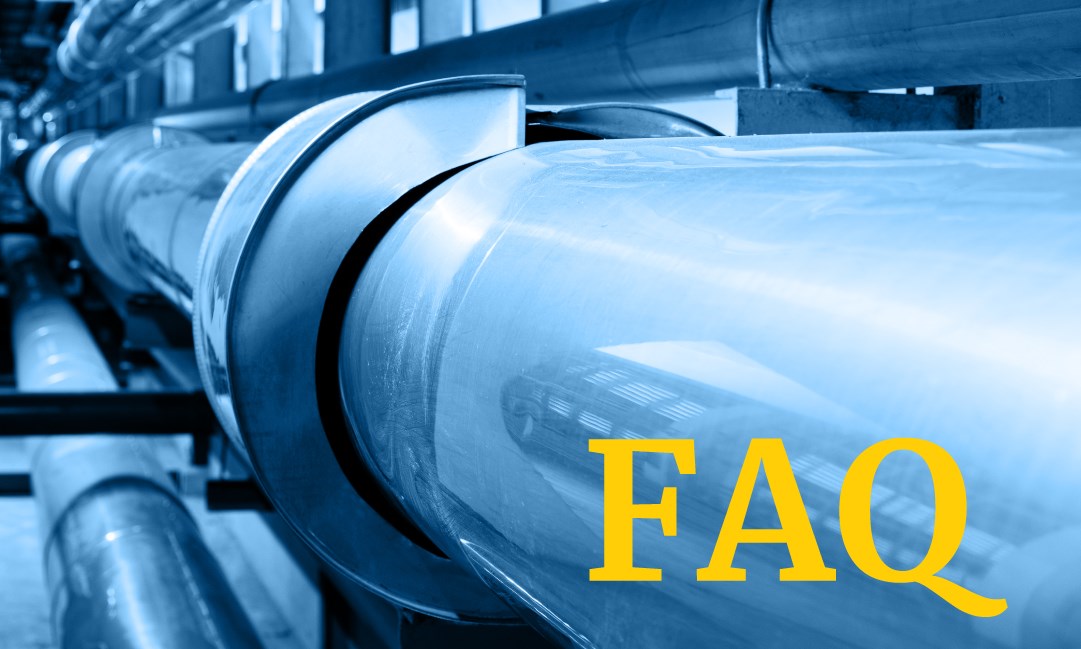At the University of Alaska Fairbanks Institute of Northern Engineering, we are actively researching and developing solutions for a sustainable energy future, and a keypart of this is carbon capture, utilization, and storage (CCUS).
Carbon capture is a process that prevents carbon dioxide (CO2) from entering the atmosphere. CO2 is a greenhouse gas, and by capturing it, we can reduce its impact on our environment.
Alaska has significant natural resources, including fossil fuels, that are vital to our economy and energy security. CCUS offers a way to continue utilizing these resources while significantly reducing our carbon footprint.

The Alaska CCUS Workgroup focuses on accelerating carbon capture and storage projects in Alaska, bringing in new investments, and ensuring these projects continue to operate smoothly.

The Alaska Railbelt Carbon Capture and Storage project (ARCCS) is evaluating the feasibility of permanently storing carbon dioxide deep underground in the northwest portion of the Cook Inlet.

Learn more about carbon dioxide capture, transport, use, and storage.